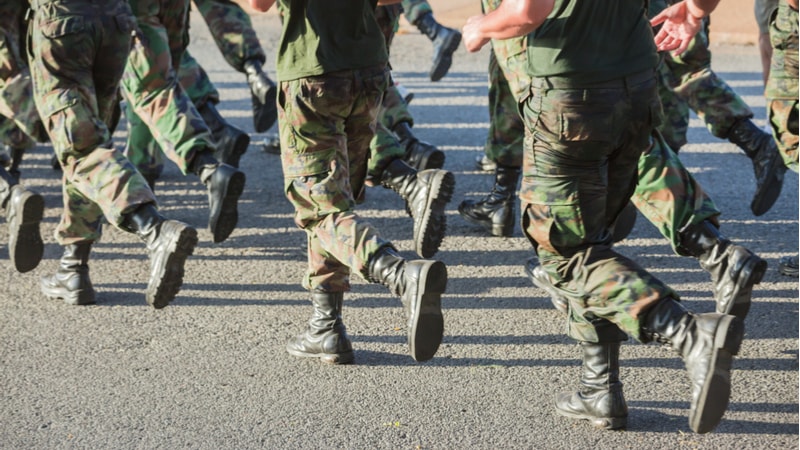
Hurricane Lane may have spared Hawaii from a direct hit last weekend, but it still dropped 52 inches of rain on the Big Island, caused flooding on several of the islands, and served as a reminder that natural disasters are getting worse. For the U.S. military, which regularly supports relief efforts around the globe, the demands for assistance are prompting a search for ways to improve the efficiency of relief operations, and military leaders are turning to artificial intelligence for help.
The Office of Naval Research (ONR) and Carnegie Mellon University recently hosted a workshop in Arlington, Va., with representatives from academia, industry, and the Federal government to kick around ideas for putting AI to use in providing assistance and saving lives in the wake of a disaster.
“The problem of catastrophes affecting humanity will unfortunately always be among us,” Rear Adm. David J. Hahn, chief of Naval Research, said at the workshop. Attendees included a number of experts in robotics and AI; representatives from the Federal Emergency Management Agency (FEMA), the Department of Defense’s new Joint Artificial Intelligence Center (JAIC), and the U.S. Agency for International Development (USAID); relief directors from the Department of State; and representatives from NASA and the military services. The goal, Hahn said, is to “figure out how we can best leverage artificial intelligence and autonomy to better deliver resources and people to those in urgent need.”
DoD sees humanitarian assistance and disaster response as core capabilities. In recent years the department has run humanitarian aid efforts in response to a range of events such as the 2010 earthquake in Haiti, Hurricane Harvey last year in Texas, and the Ebola epidemic in West Africa from 2013 to 2016. U.S. forces also played a significant role in the response to the 2011 disaster in the Tohoku region of Japan, which combined a perfect storm of the largest earthquake ever to hit that country with a massive tsunami, reactor meltdowns, and a contamination release at the Fukushima Daiichi Nuclear Power Station.
Major catastrophes like those and others present a challenge to response teams which need to act quickly and in coordination amid a lot of chaos in order to limit damage, rescue survivors, and deliver medical and other aid. AI and automation–umbrella terms that cover technologies such as machine learning, big data analytics, and robotics–can do a lot to help focus the response.
Some of the things that AI could support are using drones to search for survivors or deliver supplies, particularly when conditions are unsafe for human flight. Ground robots could be used to search for and communicate with trapped victims, clear debris or deliver goods themselves. The Fukushima disaster, in fact, inspired the Defense Advanced Research Projects Agency’s Robotics Challenge, which sought to spur development of robots that could go where no humans dare.
AI can accurately map disaster areas with close to real-time adjustments for new developments, and model scenarios where disease or contamination might spread. It can analyze social media feeds to identify where people need help, or who is offering to help. And machine learning and deep learning techniques can accelerate the analysis of incoming data (from victims, response crews, and others) to develop a clear picture of what’s going on, and could help coordinate efforts. For that matter, it can help before a disaster strikes by running simulations to assist in preparing responses.
Carnegie Mellon, a leader in AI research which recently became the first U.S. university to offer an undergraduate degree in AI, has collaborated with the Navy before, and recently entered into an Education Partnership Agreement with ONR to promote science education.
